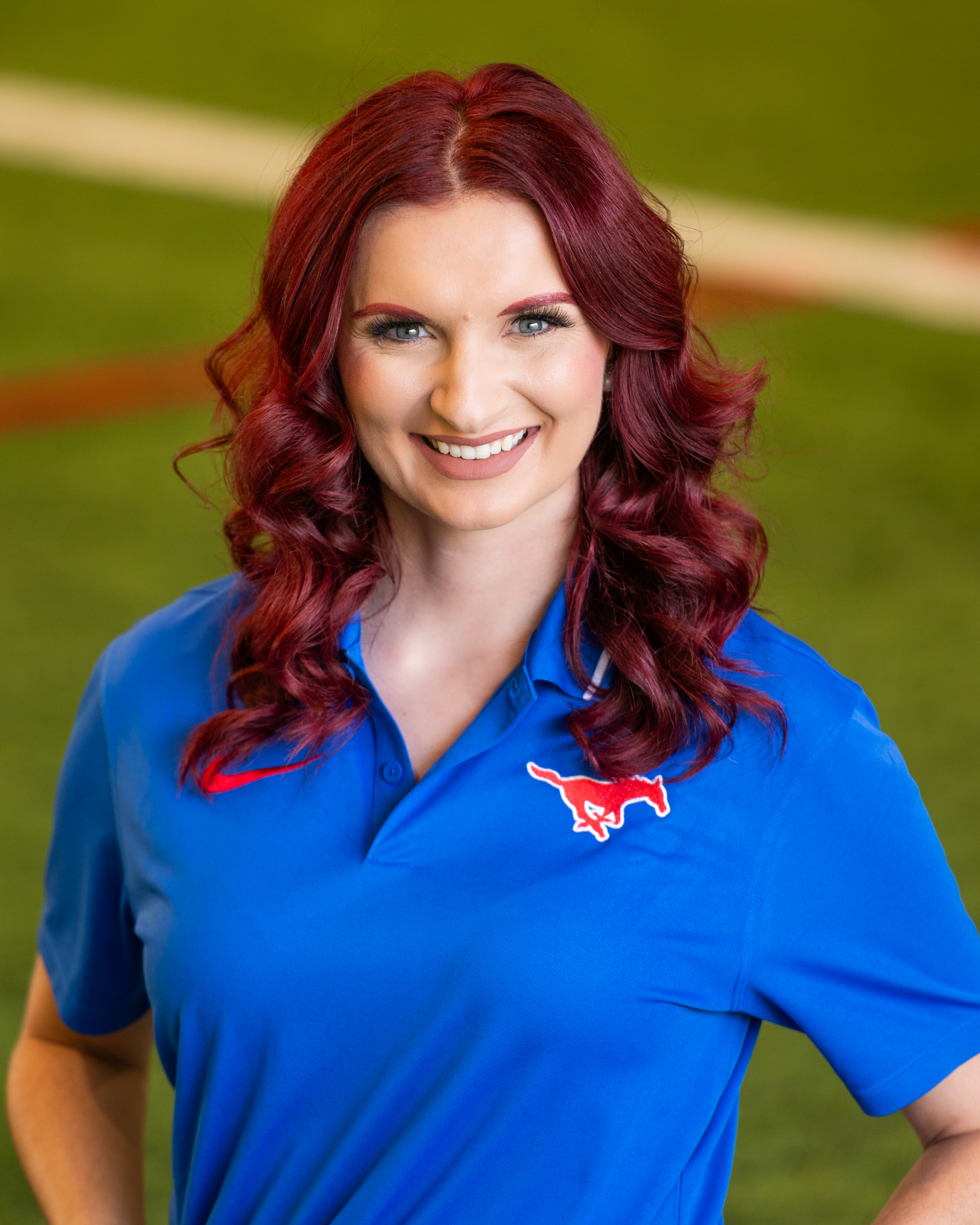Tackling Sudden Cardiac Arrest in High School Athletes and the Importance of Screening Tools
High school sports provide an environment for young athletes to develop skills, build character and achieve their goals. Yet, amidst the excitement and achievements, there lies a serious and often overlooked threat: sudden cardiac arrest (SCA). Each year, SCA claims the lives of seemingly healthy young athletes, leaving families and communities devastated. Addressing this issue through awareness and comprehensive screening for underlying heart conditions is essential to safeguard the lives of these promising individuals.
What Is Sudden Cardiac Arrest?
Sudden Cardiac Arrest is a condition where the heart unexpectedly stops beating, usually due to an electrical malfunction. This condition differs from a heart attack, which results from blocked blood flow. SCA is often caused by underlying heart abnormalities that disrupt the heart's electrical system, leading to an interruption of blood circulation and, if not treated immediately, death.
For high school athletes, the risks of SCA are heightened due to the physical demands of intense training and competition. Conditions that predispose young athletes to SCA include:
- Hypertrophic Cardiomyopathy (HCM): Thickened heart muscle that can obstruct blood flow
- Long QT Syndrome: A congenital condition affecting the heart’s electrical activity, leading to dangerous arrhythmias
- Myocarditis: Inflammation of the heart, often following a viral infection
- Congenital Coronary Artery Anomalies: Malformation in the coronary arteries
- Arrhythmogenic Right Ventricular Cardiomyopathy (ARVC): Scar tissue in the heart’s right ventricle
Recognizing the Warning Signs
One of the most insidious aspects of SCA is its unpredictability. Many young athletes may experience no symptoms prior to a cardiac event. However, certain warning signs should never be ignored:
- Fainting or dizziness during or after exercise
- Unexplained shortness of breath
- Chest pain or discomfort during physical activity
- Fatigue disproportionate to exertion
- A family of SCA, unexplained fainting, or early heart disease
The Importance of Screening
Screening for underlying cardiac issues is a critical step in preventing SCA among high school athletes. While standard pre-participation physical exams are common, they often fall short in detecting serious heart conditions. Incorporating advanced screening methods, such as electrocardiograms (EKGs) and echocardiograms, significantly enhances the ability to identify at-risk individuals.
- Electrocardiogram (EKG): Measures the heart’s electrical activity to detect irregular rhythms or conduction abnormalities.
- Echocardiogram: Uses ultrasound to create detailed images of the heart’s structure and function, identifying issues such as HCM or valve disorders.
Routine screening programs can uncover silent conditions that may otherwise go undiagnosed, enabling timely intervention and tailored management strategies.
Barriers to Cardiac Screening
Despite its importance, cardiac screening for high school athletes is not yet universally implemented. Several barriers hinder its widespread adoption:
- Cost: Advanced tests like echocardiograms can be expensive, and not all families or schools have the resources to cover these expenses.
- Fear of False Positives: Incorrect diagnoses can lead to unnecessary anxiety, additional testing, and potential exclusion from sports.
- Lack of Standardization: There is no universal mandate for cardiac screening in youth sports, which leaves the decision for use to states, schools, or families.
SCA Awareness and Preparedness
Preventing SCA requires a multifaceted approach involving education, policy changes, and accessible screening programs. Here are some key strategies to create a culture of prevention:
- Comprehensive Screening Initiatives: Partnering with healthcare providers to offer low-cost or free screenings can make advanced testing accessible to all athletes.
- Training and Awareness Campaigns: Educating coaches, parents, and athletes about the signs and risks of SCA fosters a proactive approach to cardiac health.
- Policy Advocacy: Advocating for mandatory cardiac screenings in youth sports programs at the state and national level can standardize preventative measures.
- Emergency Preparedness: Schools should equip facilities with automated external defibrillators (AEDs) and ensure staff are trained to respond to cardiac emergencies.
Conclusion
High school athletics should be a time of joy, growth, and achievement. No athlete’s life should be cut short by a preventable cardiac event. By prioritizing awareness, screening, and emergency preparedness, communities can protect their young athletes from the hidden dangers of SCA.
Parents, educators, and policymakers must unite to champion this cause. Through collective effort, we can ensure that every young athlete has the opportunity to compete safely and thrive both on and off the field. Investing in cardiac health is not just a precaution - it’s a commitment to the well-being and future of our youth.
About At Your Own Risk
At Your Own Risk educates employers, workers, legislators, school administrators, parents/guardians and student athletes about the value athletic trainers bring to the field, office and to everyday life. It offers tools to advocate for reducing the risk of injury by having an AT on your team.
About The Authors:

Tiffany Phillips, M.Ed, LAT, ATC, is currently the Head Athletic Trainer at Grapevine High School in Grapevine, Texas. She also serves as the NATA Secondary Schools Athletic Trainers' Committee District 6 representative. Before laying roots in the secondary school setting, Phillips’ career started in the DI and DII college, as well as the NFL. When not working, she enjoys walking the dogs, reading and going to sporting events with Kamden where they can frequently be found supporting former athletes.

Megan Olson, MS, LAT, ATC, is the current District 11 representative on the NATA Secondary School Athletic Trainers’ Committee. She earned her Bachelor of Arts in Athletic Training from Luther College and her Master of Science in Athletic Training from Ohio University. Megan’s works with Gundersen Health System in Onalaska, Wis., as an outreach athletic trainer for West Salem High School. Outside of work, Megan can often be found cooking, completing home improvement projects, or taking walks with her husband and dog.
